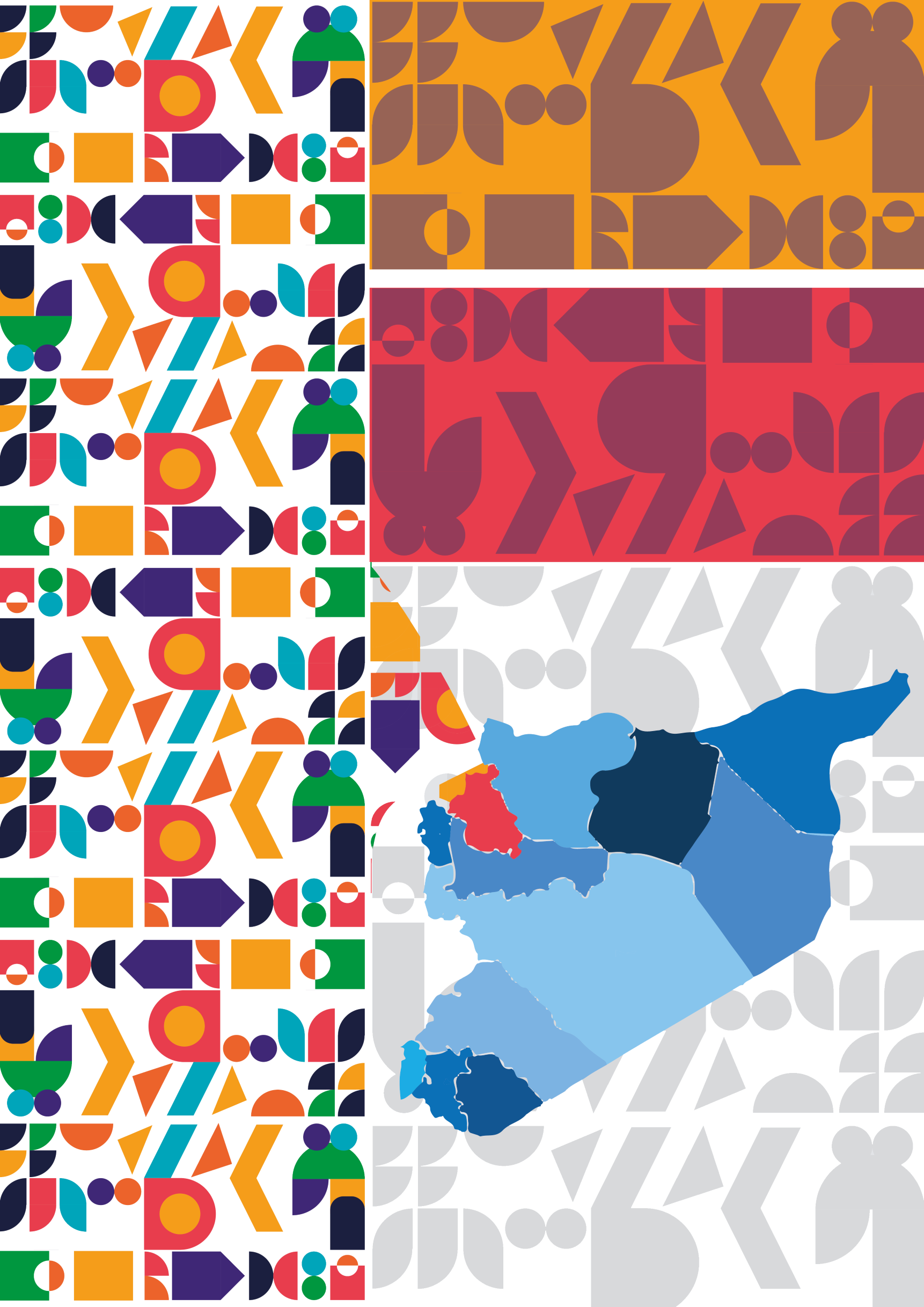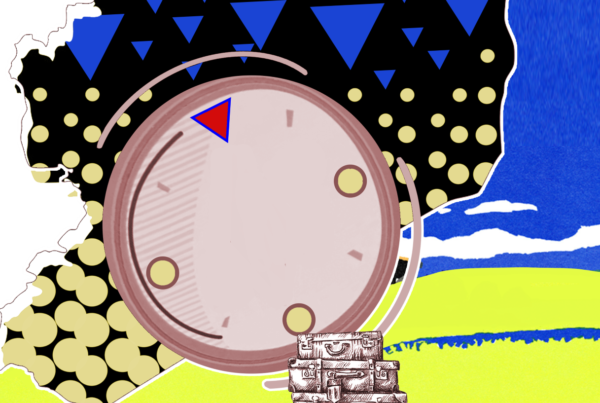It is easy to get lost in the beauty of the different pieces, the variety and complexity of subjects, the colours and layers and its cohesion as well as the lines of the curves in each piece. All this without paints. Instead of using paints, artists have created a totally different art by sorting hundreds and thousands of tiny marble pieces to create an artistic piece describing and telling different stories. It’s called Mosaic.
There are two types of Mosaic Art, in terms of history and the materials used in addition to the different techniques of the craft itself. The Wooden Mosaic which is considered the most famous nowadays originated from the city of Damascus 300 years ago. The art is based on the ornamentation of wood by seashells and ivory. On the other hand, there is Stone Mosaic, its origins go back to 1500 B.C in the west of Idlib.
Mosaic is an essential part of Idlib’s heritage, especially in the southern part of Idlib. Ma’aret Alnouman Museum, in the city, is largest in the Middle East with around 2 thousand square meters of Mosaic art pieces. In Tebat Alemam Museum you can find the largest piece of Mosaic in the world; 700 m2. You can barely meet a person in the city who has not worked before in this kind of art which has created a collective sense of art for the whole city.
Walid Hamadi, a 52-year-old manager of a Mosaic Center, like many others of his generation in Kafrenbel, Idlib, grew up seeing and observing the mosaic pieces. Not only that but he also worked and made a living out of this art at the end of the nineties.
Walid said, “I started working in the mosaic craft in 1997 with a few artists, it was all by coincidence as of course we are seeing and watching now”.
This craft was an essential part of the income for the people of the city before the beginning of the Syrian revolution. As a huge part of this craft was dependent on the export market, through Lebanon to all over the world. Women also played a major part in this craft as they were the majority of the workers in the beginning. According to Hamadi, there are at least 2000 Mosaic artists in Kafrenbel and it would reach 3000 if we counted the surrounding areas.
Nowadays, this art has become extremely effected by thy war and the shelling from the Syrian regime on these areas who have also targeted the museums themselves. Ma’aret Alnouman and Tebet AlImam museums were partially destroyed as they were targeted during the regime campaign on Idlib’s southern suburbs which led to forcibly displacing the people and the artists in Kafrenbel.
Hamadi said, “Since the beginning of the revolution the difficulties facing Mosaic art and the Mosaic artists increased massively. Starting from the high prices of the raw materials, blocking the export routes, and finally the migration of artists and workers”
These obstacles and the circumstances of the mosaic art industry were the motive for Walid and some Mosaic artists to organize a regular event to be the first of its kind in terms of the specialization and size in Idlib, aiming to shed light on this art and the ancient craft.
It is claimed that “the exhibition is aiming to spread the art of mosaic in Northern Syria and show the world that there are ambitious artists and people interested in cultural events in Syria as well as to revive this craft.”
The exhibition is also aiming to support the craftsmen who lost their main source of income and encourage new talents through workshops targeting mainly women and people with special needs.
The main goal of these workshops is to encourage different sections of society to work in Art; “we at Atheer Ebla establishment for mosaic organized several workshops to build the access of women and girls in this art, we graduated more than 1500 artists during the past few years”.
Syrian Mosaic artists and craftsmen who mostly graduated from Idlib are working on spreading this art in their new residences, either personally or with help from organizations and establishments in Syria, like Atheer Ebla whose efforts led to organizing the first Mosaic exhibition in Northern Syria and launched several exhibitions outside Syria like Marsin Antakya, USA. All these efforts according to Mr. Hamadi, “confirm to the world that Idlib and Northern Syria is a land of culture and art, not war”.



